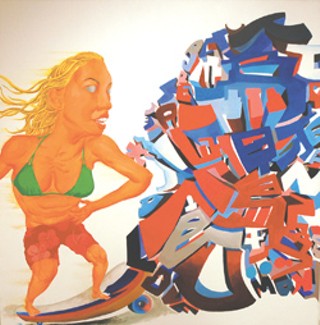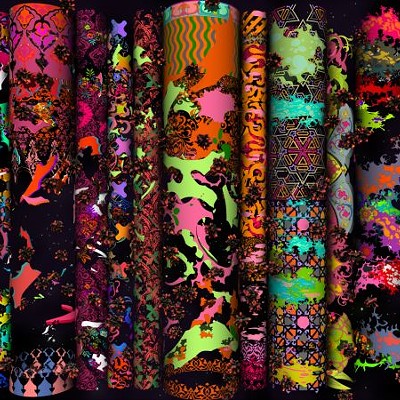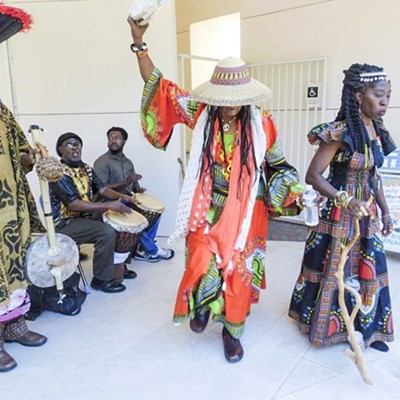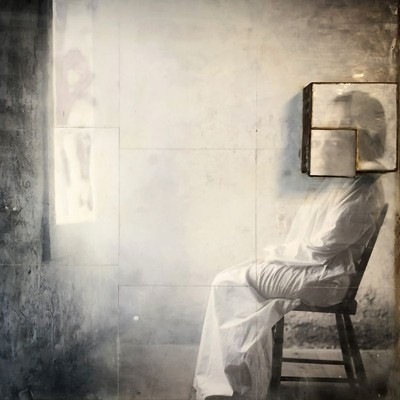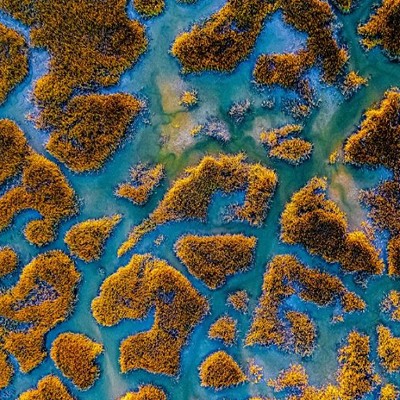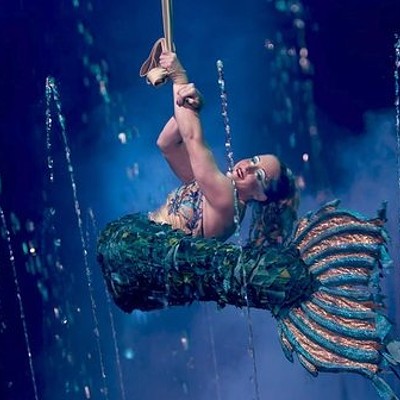THIS IS AN IMPORTANT EXHIBITION not for aesthetic reasons, but because it initiates a discussion on the subject of protest art and takes place in an alternative gallery space, something unheard of in Savannah.
Art, and its relationship to politics, dominated the art world in the 1930s, during the rise of Fascism, and has reoccurred periodically ever since. Now we are beginning to see political art works more and more, as artists see fit to use their artworks as polemical weapons to express anti-government positions or social problems.
Here the format seems to be the image as illustration of a text that explains a topical, political, economic or social issue. But it could be very important to question from the start the political value of individual artists creating works in galleries (as opposed to mass demonstration street art, etc.) unless it is followed by very critical discussions among the artists themselves and anyone else - in which case the value is to the artists themselves and that’s all to the good.
In the center of this exhibition, there are four framed prints of Patrick Oliphant cartoons. Oliphant, whose works are currently on display at the Jepson Center, is apparently the world’s most syndicated cartoonist. He has caricatured in the mainstream press every president since Lyndon Johnson.
The daily newspaper cartoon with its combination of words and images, its ephemeral form and focus on ephemeral issues, is the original 19th century form of political art. Posters, photomontage, comic books, and video, are simply later technological developments in the effort to get the message out.
But the mainstream press is generally not a vehicle for real opposition and, in the absence of a mass movement, it is increasingly conformist.
The easel painting is not ephemeral; it is made to last. And therefore, it is not a medium that lends itself easily to today’s political issue, which tomorrow will be forgotten. Yi-Hsin Tzeng, a student from Taiwan, paints her personal responses to U.S. society in the grotesque reality of the “American Dream”; and to America’s ignorance of the rest of the world in, “Where Are You From?” These are painted in acid colors and in a style that owes something to animation and comic books.
In his short video, “10 Steps to ... ism: Fascist America 10 Easy Steps”, Alessandro Imperato lays out the preconditions already in place for Fascism’s rise: the invoking of internal and external enemies, the creation of secret prisons and private armies, surveillance systems, harassment of citizen groups, arbitrary detentions, targeting of key individuals, the suspension of the rule of law and the equating of dissent with treason.
It is the last point – equating dissent with treason - that is central to Natalie von Loewenfeldt’s work: a box that the viewer can look into that references the prison cell; and a voting booth the viewer can enter where toy soldiers are scattered on the floor.
She is from a military family and she writes in her statement, “I resent those who cry ‘traitor’ as I and those like me exercise my Constitutional right to openly disagree with my government.”
Loewenfeldt wishes to reclaim patriotism and its symbols from the current administration and something similar could be said of Marcus Kenney’s “U.S.A.”, a figure on the floor covered with a paint splattered U.S. flag. However, since the ideology behind the U.S. invasion of Iraq is both Christian and nationalist, I really cannot see how it is possible to oppose it by trying to seize the patriotic and religious moral high ground.
Harry Delorme’s small painting, “Dry”, represents a giant water bottle that dominates a monochrome cityscape. Inside the bottle there is a landscape depicting a lake. There are no humans here. Nature is idealized and man-made constructions negated.
The work is accompanied by a lengthy explanation of the work that tells us that Coca Cola was allowed to purchase 8 million gallons from Lake Allatoona to purify and sell as Dasani.
Asa Chibas, an artist, has collaborated with Michael Porter, a social worker who counsels sex offenders. Their piece consists of three works of photographs of dolls with an accompanying text which together tackle the issue of the marketing of provocative clothing to six year old girls.
The poster is the best political example of a combination of words and images. It is usually the anonymous collective product of mass movements, made to be fly-posted on city walls or carried on demonstrations.
Perhaps it is a sign of the times that Scott Boylston, a graphic designer, has pasted a number of sophisticated and masterful posters to cover an entire gallery wall, where they have been transformed from any political function into a permanent art commodity ironically titled, “Ephemera,” and ironically priced at $10,000 - plus the price of replacing the wall.
Jerome Meadows’ assemblages of photographs and small, found objects, are the least didactic and the most personal and multi-dimensional works here. In “Between a Thorn and a Sharp Place,” there is a very small reproduction of the hooded torture victim from the Abu Ghraib photographs. This image also appears as the central motif in Rachel Green’s collage, “Keys to the Kingdom.”
What is particularly interesting to me is the similarity in the way they each see this image. Green juxtaposes it with an image of the Virgin Mary. Meadows relates his figure to the image of Christ on the Cross, who, in this case stands with covered head. What they have both recognized is the archetypal, and haunting nature of this image.
Is it because most artists are also teachers that they have to tell us exactly how to read their work? Education gives us a superficial understanding of oppression, not an experience of it, which is why the educated can be so easily manipulated (and why so many political art works fail).
It looks to me lately as if the middle class believe that before George Bush everything was good, and that when he is gone, all will be good once more. Believing that Americans seem congenitally determined to forget their history (thus encouraging the repeating of it), Gore Vidal has called the U.S.A. the United States of Amnesia.
In line with that, If we turn again to Imperato’s “Fascist America’s Ten Easy Steps” video, Gore Vidal might like to remind the middle class how often in the past these mainstays of repression have been invoked and that from the very beginning of this settler nation’s project, any activist, any poor person, any person of an unwanted ethnicity, any union leader, anyone who had leadership potential for the workers, has felt its fire.
Imperato is correct that the steps forward into Fascism are few; and they can be packaged by a clever demagogue who promises an end to all our fears and embraced quickly by the class whose mistrust of civic freedom is at least equal to its misunderstanding of repression’s true goals.
What: Art in Opposition. Where: Indigo Sky Community Gallery, 915 Waters Ave. When: Saturday & Sunday 11 a.m.-5 p.m. through April 13.

